As someone who has always cherished the lush charm that plants bring to my home, I have a particular fondness for drop and decorate plants. These botanical beauties not only elevate the aesthetics of a room but also contribute to a calming atmosphere. In this comprehensive guide, we’ll explore everything you need to know about drop and decorate plants, including care instructions, styling ideas, and troubleshooting tips. Whether you’re a seasoned plant parent or just starting out, there’s something here for everyone.
Understanding Drop and Decorate Plants
Before we dive into the specifics, let’s clarify what we mean by drop and decorate plants. These are typically indoor plants with cascading foliage that creates a stunning visual impact, perfect for hanging baskets, shelves, or any elevated surfaces. Their natural drapery adds a dynamic quality to home decor, making them a favorite among plant enthusiasts.
Why Choose Drop and Decorate Plants?
There are several reasons to consider incorporating drop and decorate plants into your living space:
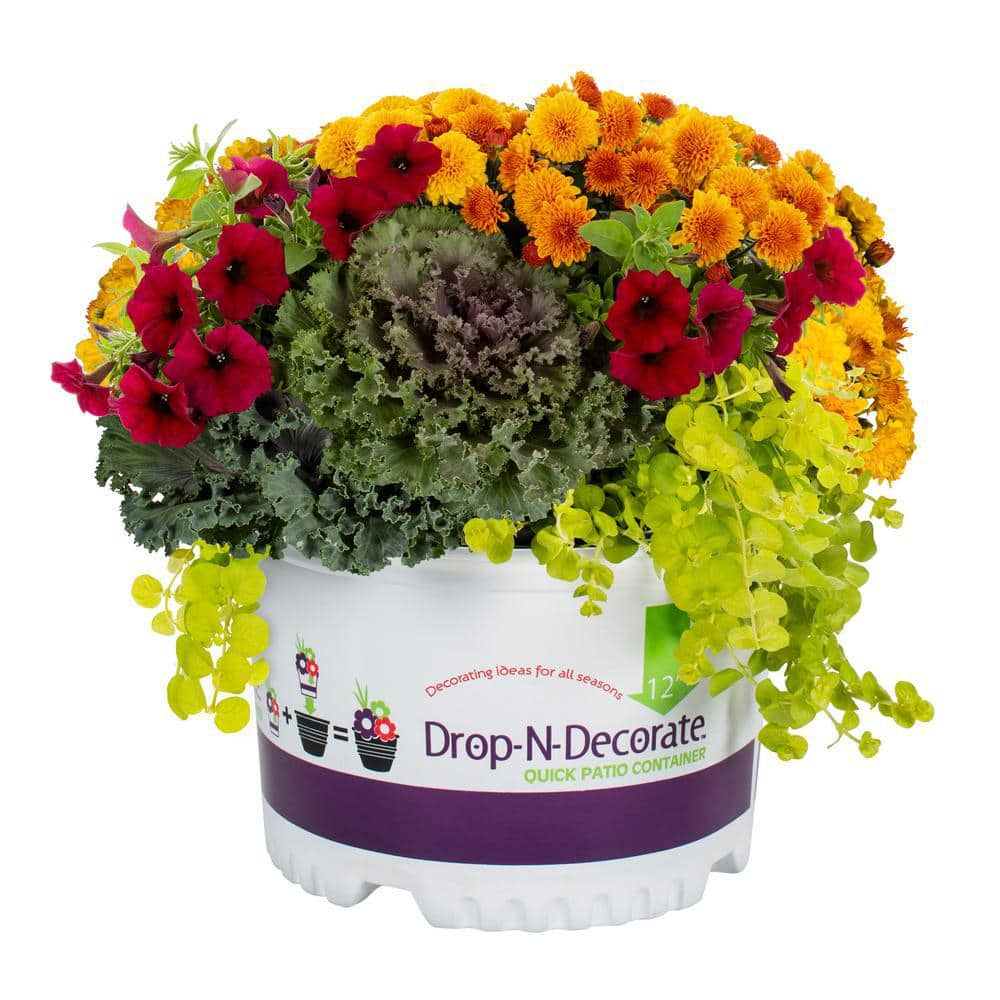
- Aesthetic Appeal: Their lush, cascading leaves provide a beautiful aesthetic and can help soften the lines of furniture and walls.
- Air Quality: Many types of drop and decorate plants improve indoor air quality, making your home healthier.
- Low Maintenance: Many varieties are easy to care for, making them perfect for busy individuals.
Popular Types of Drop and Decorate Plants
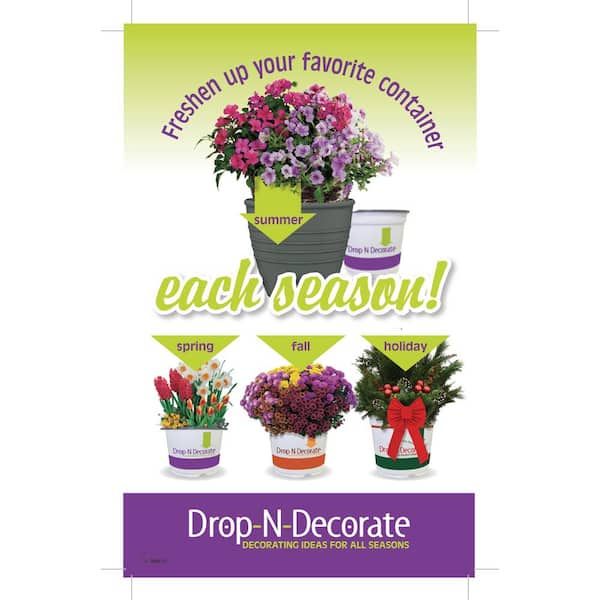
1. Pothos (Epipremnum aureum)
Pothos is one of the most popular drop and decorate plants for good reason. Its heart-shaped leaves and trailing vines can easily reach lengths of 10 feet or more, making it a truly stunning addition to any room.
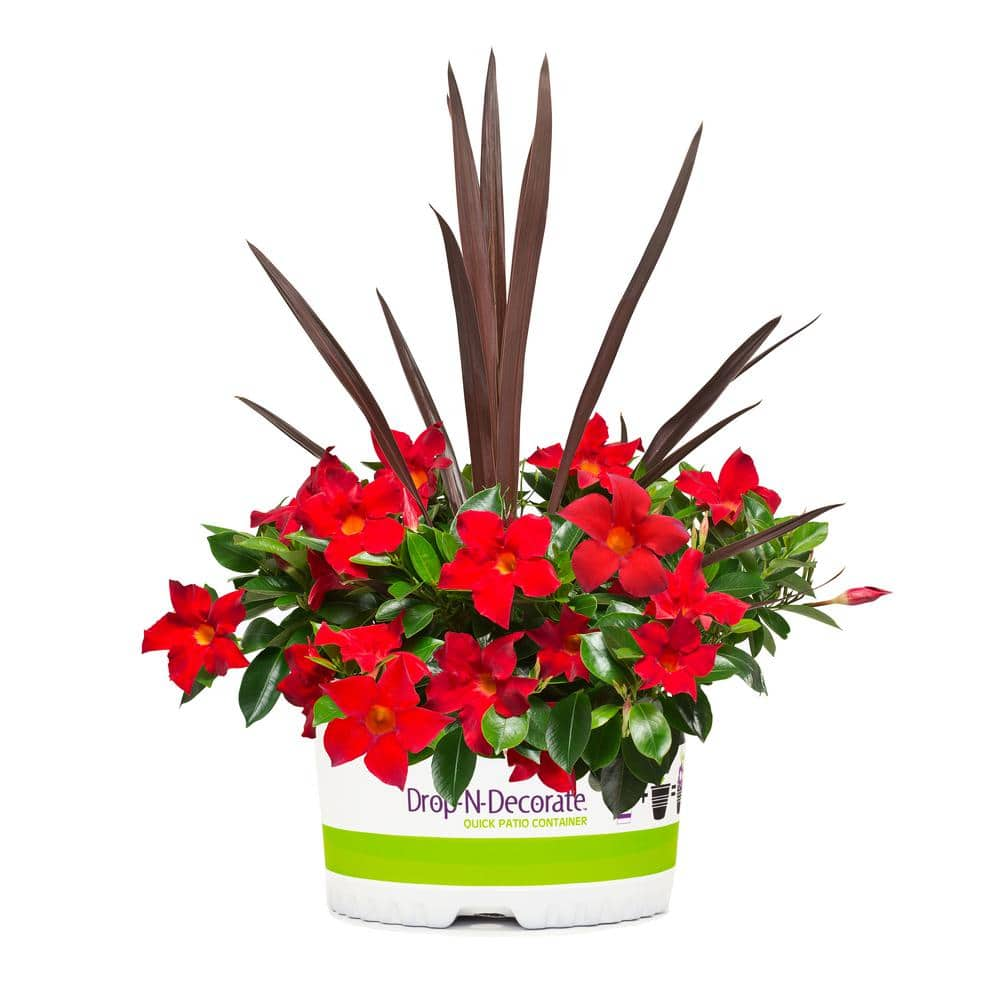
Pros and Cons of Pothos
| Pros | Cons |
|---|---|
| Easy to care for | Can become leggy without proper light |
| Thrives in various lighting conditions | May be toxic to pets if ingested |
2. String of Hearts (Ceropegia woodii)
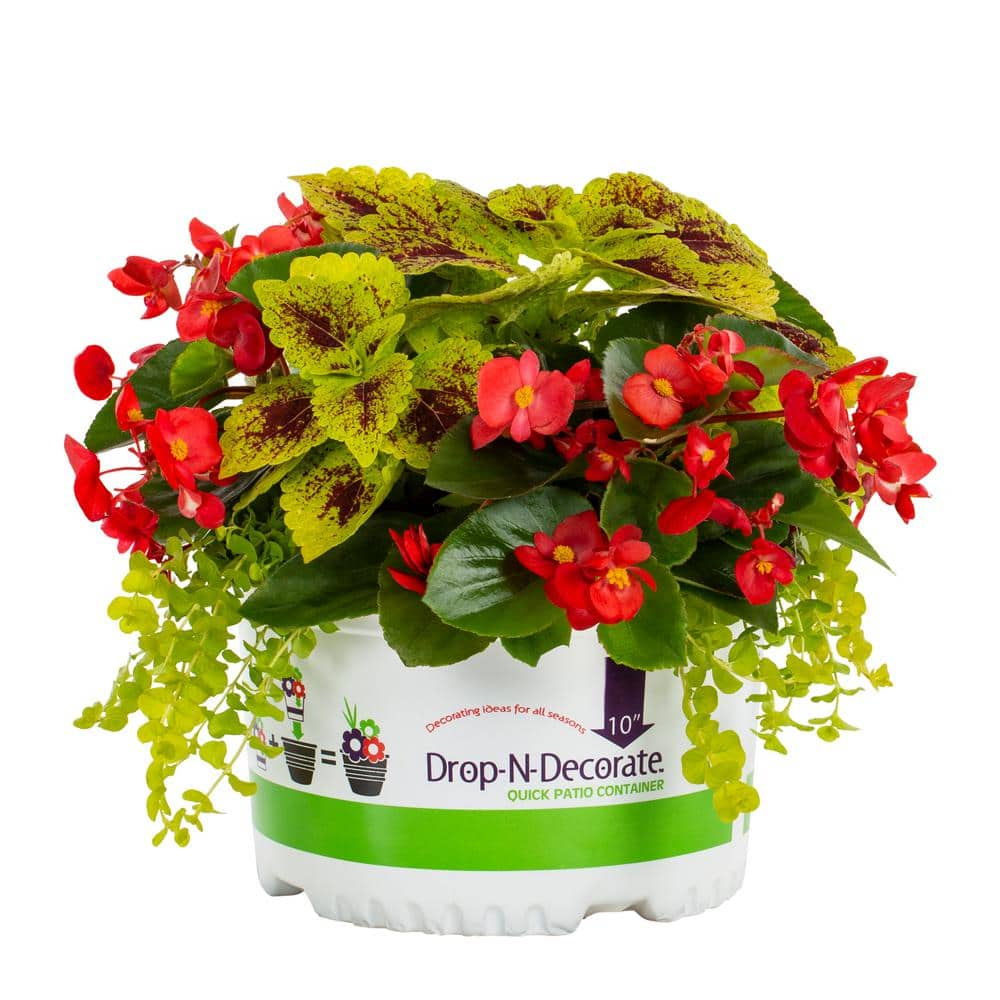
This stunning succulent has trailing stems adorned with heart-shaped leaves. The delicate nature of string of hearts makes it a favorite for hanging planters.
Pros and Cons of String of Hearts
| Pros | Cons |
|---|---|
| Unique appearance | Requires bright indirect light |
| Low water requirements | Can be slow to propagate |
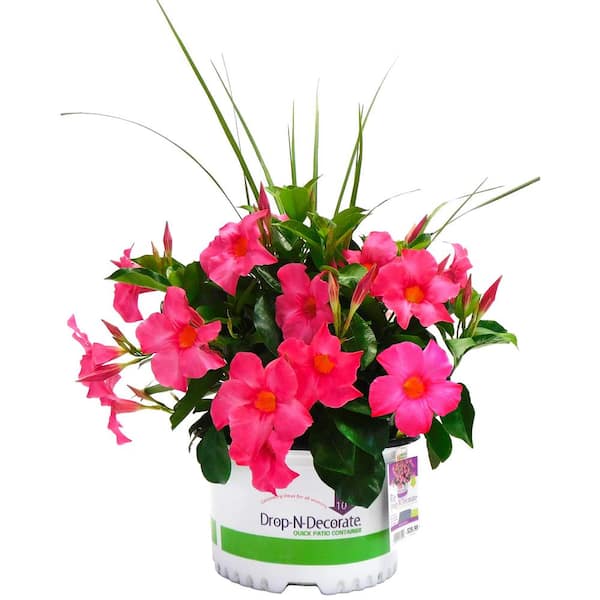
3. Ferns (Various Species)
Ferns are known for their lush green foliage and delicate appearance. They bring a sense of tranquility and freshness to indoor settings.
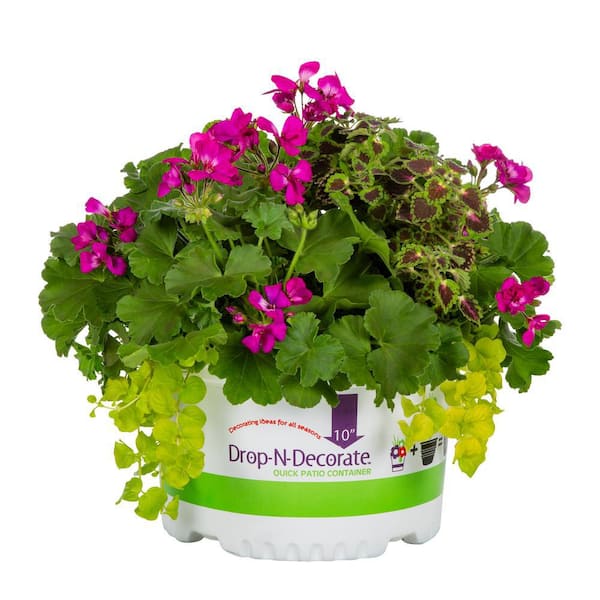
Pros and Cons of Ferns
| Pros | Cons |
|---|---|
| Great for humidity | Requires consistent moisture |
| Adds texture to decor | Can attract pests if overwatered |
4. Spider Plant (Chlorophytum comosum)
The spider plant is renowned for its air-purifying properties and playful spider-like offshoots. It’s a great choice for beginners.
Pros and Cons of Spider Plant
| Pros | Cons |
|---|---|
| Very forgiving when neglected | Can grow very large |
| Produces baby plants (pups) | Needs regular pruning |
Care Tips for Drop and Decorate Plants
Watering
Watering is crucial for the health of your drop and decorate plants. Here are some guidelines:
- Check soil moisture before watering—stick your finger about an inch into the soil. If it’s dry, it’s time to water.
- Ensure pots have proper drainage to prevent root rot.
- Water less frequently in winter, as most plants enter a dormant phase.
Light Requirements
Understanding the light needs of your plants will significantly impact their growth.
- Most drop and decorate plants thrive in bright, indirect sunlight.
- Avoid placing them in direct sunlight for extended periods, as this can scorch their leaves.
- Consider rotating your plants occasionally to ensure even growth.
Temperature and Humidity
Indoor plants generally prefer temperatures between 60°F and 75°F (15°C to 24°C).
- Maintain a humidity level of 40-60% for optimal growth, especially for tropical varieties.
- Consider using a humidifier or misting your plants during dry seasons.
Styling Drop and Decorate Plants in Your Home
Now that you know about some popular drop and decorate plants and their care, let’s explore how to style them in your home.
Choosing the Right Location
Placement is key to maximizing the beauty of your plants:
- Hang plants near windows to take advantage of natural light.
- Utilize shelves or bookcases to create vertical interest.
- Consider using plant stands to elevate your greenery.
Combining with Other Decor
Drop and decorate plants can easily integrate with various decor styles:
- For a boho look, pair plants with macrame hangers and handmade pottery.
- In a modern setting, opt for sleek pots in monochromatic colors.
- Mix and match different types of plants to create a lush indoor jungle.
Common Issues and Troubleshooting Tips
Even the most experienced plant parents encounter problems. Here are common issues associated with drop and decorate plants and how to fix them:
Pests
Pests can be a nuisance. Regularly inspecting your plants is crucial:
- Look for signs of pests like spider mites, mealybugs, or aphids.
- Use insecticidal soap or neem oil for treatment.
Leaf Discoloration
Yellowing leaves can indicate various issues:
- Insufficient light can cause leaves to yellow. Move your plant closer to a light source.
- Overwatering can also lead to yellowing. Ensure your plant is not sitting in soggy soil.
Slow Growth
If your plants aren’t thriving, here are some troubleshooting tips:
- Check for nutrient deficiencies and consider fertilizing during the growing season.
- Assess their light exposure and adjust as necessary.
Conclusion
Drop and decorate plants can truly transform your living space, infusing it with life, beauty, and fresh air. With the right care and styling, they can become the focal point of any room. I hope this guide has provided you with valuable insights and has inspired you to start or expand your indoor plant collection. Remember, every plant tells a story, and they all thrive best when given the love and attention they deserve.
FAQs About Drop and Decorate Plants
1. What are the best drop and decorate plants for beginners?
Some of the best drop and decorate plants for beginners include Pothos, Spider Plants, and Peace Lilies due to their low maintenance and forgiving nature.
2. How often should I water my drop and decorate plants?
It depends on the plant type and their environment. Generally, water when the top inch of soil is dry, but always check the specific needs of your plant.
3. Can drop and decorate plants grow in low light?
While some drop and decorate plants can tolerate low light, they will thrive best in bright, indirect sunlight. Choose plants like Snake Plant or ZZ Plant for low-light conditions.
4. How can I propagate my drop and decorate plants?
Most drop and decorate plants can be propagated through cuttings. Ensure you use clean, sharp tools to take cuttings and place them in water or soil until they root.
5. Are drop and decorate plants safe for pets?
Many drop and decorate plants can be toxic to pets. Always check the specific plant species if you have pets at home.